Forfar was gripped by a witch-hunting frenzy between 1661-1662 which resulted in the torture and execution of nine local women.
At least 53 people in a town of 1,000 were accused of being witches and hundreds of families were directly impacted by what happened for generations.
The number of women that were executed for the crime of witchcraft in the Angus town is estimated to be much higher than Church records currently show.
Scotland’s First Minister Nicola Sturgeon issued an apology in parliament on International Woman’s Day this year and the petition calling for an official pardon, headed by Witches of Scotland, is currently going through various parliamentary stages.
A memorial service will take place at East and Old Parish Church on Sunday which will be almost exactly 360 years since the last woman was executed in Forfar.
Forfar will be among the first to hold a service of this kind in Scotland “to recognise this historic miscarriage of justice and emphasise the importance of kindness”.
So what happened back in the 1600s?
Historians Judith Langlands-Scott and Shaun Wilson have been holding talks in and around the town discussing their research into the Forfar Witch Trials.
Judith is currently writing a book about the Angus Witch Hunts of 1661-1662 and Shaun has recently attained his Masters qualification from the University of Aberdeen.
Judith said: “It is true that Forfar was the scene of a terrible witch-hunt, which resulted in the torture and execution of several local people, but the events that sparked the flames of the hunt are still shrouded in mystery.
“The town arrested way above the national average and even paid for the infamous Witch-Pricker John Kincaid to come to torture its women.
“None of those involved could have committed the crimes of which they were accused, because they were just folk; folk with problems, mental health issues, alcohol problems, people who were outsiders or who displayed anti-social behaviour; but folk all the same.
“They did not have supernatural powers.
“The service itself will be a historic moment in witch trial history.
“The East and Old was built on the footprint of the original church and steeple where the mostly women were tortured into confessing to the crime of witchcraft.
“The graveyard outside has hardly changed since the time of the trials between 1661 and 1662 and is mentioned in many of the original ‘confessions’ as the place where the people accused of witchcraft would gather.”
Witch hysteria reached its height in Britain during the 16th and 17th centuries and many people thought that any misfortune befalling them was caused by magic.
Under the Scottish Witchcraft Act 1563 both the practice of witchcraft and consulting with witches were capital offences.
August 1661 marked the start of the Forfar witch-hunting frenzy with the first conviction and execution of a young woman galled Girzell Simpson.
Judith said Simpson’s case is unique in Scottish witch history in that she was buried instead of being burnt to ashes as was the standard sentence at that time.
Her body lies, to this day, under a small cul-de-sac of houses in the town, almost completely forgotten.
Suspected witches were rounded up and imprisoned in the Tolbooth including Isobel Shyrie, a poor woman who was unable to pay her taxes.
What was her crime?
During a quarrel, Isobel cursed Baillie George Wood, who was a tax collector.
When the unfortunate man suddenly dropped dead, all fingers pointed at Isobel who was widely believed to be guilty of evil sorcery and sent to the dungeon.
Last witch executed at Forfar
Stirred up by the burgh’s minister, the hunt was soon under way for other witches and Helen Guthrie was taken for questioning along with her daughter Janet.
Helen was the last witch to be executed in Forfar in 1662, suffering the fate of other burgh witches who were strangled and then burned in a barrel of tar.
Was Helen a wicked woman who tried to save her own skin?
Judith said: “It has always been presumed that Helen Guthrie, a somewhat quarrelsome dame and perhaps the most infamous of Forfar’s Accused, was responsible for providing names that led to the arrests of up to 18 other people but new evidence casts doubt on this being the case.
“There is no evidence to say how old Janet was but we do know she was young and small and that she was held in the Tolbooth for almost four years, before being released in January 1666.”
She never came to trial.
Janet was one of the last to be freed when the witch hysteria ended.
So why is this relevant today?
Judith said the conditions that gave rise to such historic persecutions are similar to conditions in Scotland right now where many people feel marginalised.
“Refugees from outside are treated with suspicion due to the fact local people are fighting for limited resources,” she said.
“Going into this winter people are already experiencing food poverty, homelessness and debt against the backdrop of the ongoing war in Ukraine and Russia.
“At times like these neighbours often turn on neighbours, wondering why that person has ‘this’ or ‘that’ when their family is struggling.
“People on state benefits due to health issues are often treated like a scourge on society when times are tough, and they often face hostility if not actual persecution.
“Thankfully, our laws have changed and simply eradicating people because they seem different is no longer permitted. But, has human nature changed?
“I’d argue that it hasn’t and that the ‘be kind’ message is often merely a hashtag.
“That’s why it’s important to apologise to the Accused. It’s important to recognise that the persecuted and the marginalised – mainly women – that were involved in the historic witch trials had value and human rights.
“There is a chance to learn from the past here – to say that such behaviour is wrong and to show where the persecution of minorities can lead.”
Forfar service
The memorial service will be conducted by Reverend Barbara Ann Sweetin, minister of the East and Old Parish Church in Forfar, and Rev Dr Karen Fenwick.
Judith and Shaun will also be speaking at the service and the names of the Accused will be read out for the first time.
It will begin at 6.30pm on Sunday.
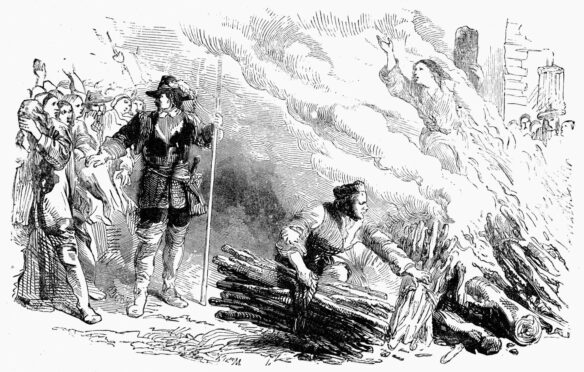
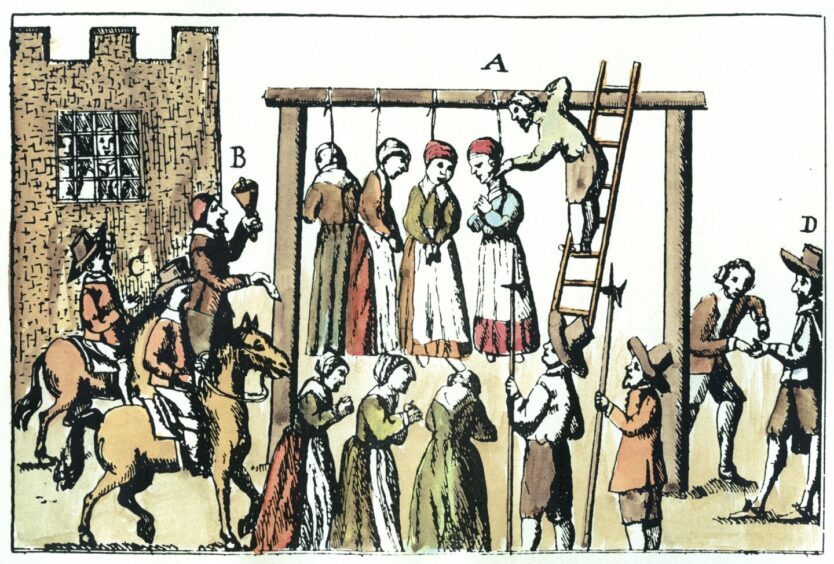
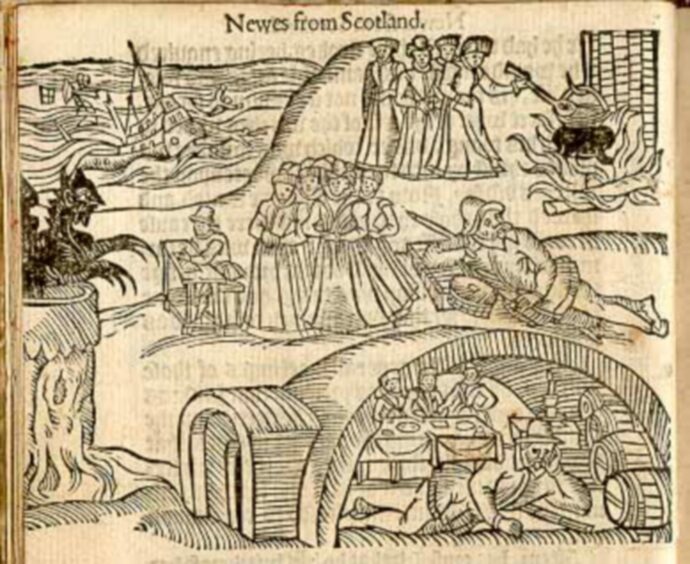
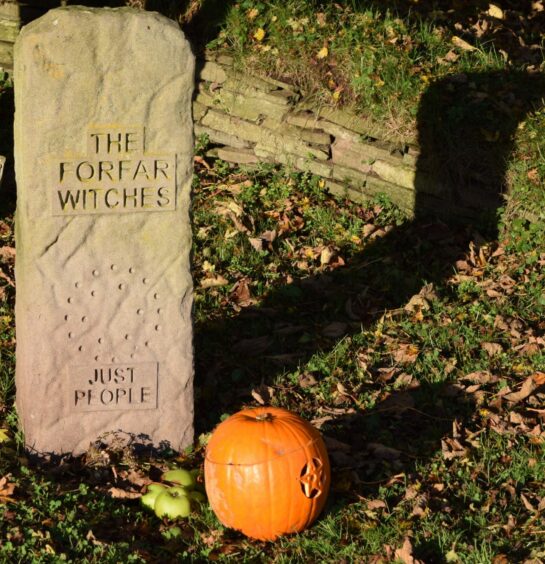
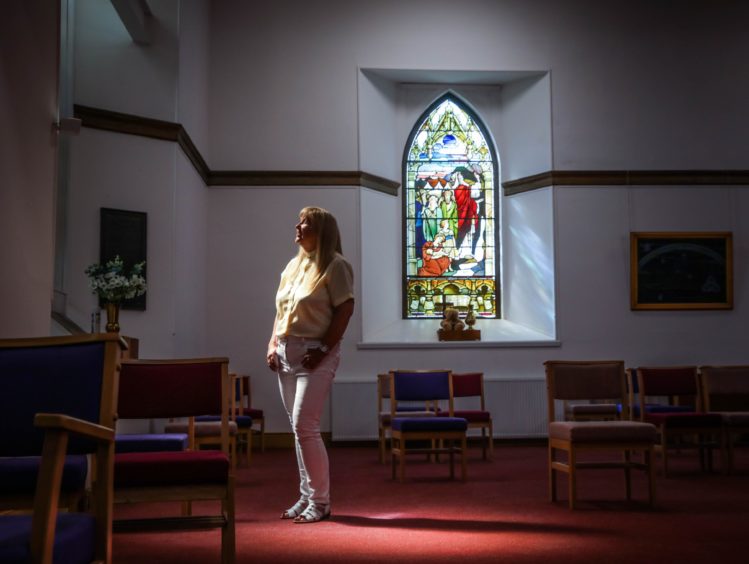










Conversation